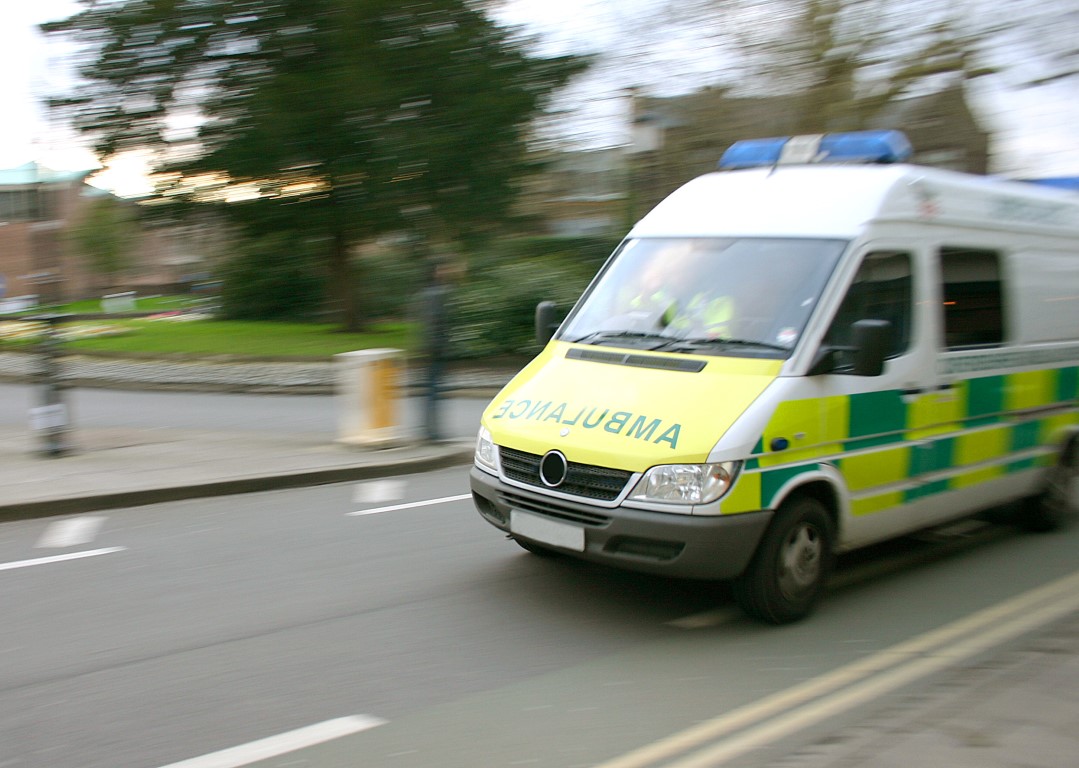 Disaster situations often require additional emergency communications networks to be set up locally to enable responders (e.g. medical, rescue, care etc.) to coordinate their operations more effectively in the disaster area. To set up these networks efficiently, a standardized basis for estimating the capacity and other characteristics for communications by responders is highly desirable. This basis could then be used by many organizations including satellite network operators, equipment manufacturers and responders for design and development of systems, equipment and applications, not only for voice and data but also multimedia services.
Disaster situations often require additional emergency communications networks to be set up locally to enable responders (e.g. medical, rescue, care etc.) to coordinate their operations more effectively in the disaster area. To set up these networks efficiently, a standardized basis for estimating the capacity and other characteristics for communications by responders is highly desirable. This basis could then be used by many organizations including satellite network operators, equipment manufacturers and responders for design and development of systems, equipment and applications, not only for voice and data but also multimedia services.
However there are currently no publicly available disaster characteristics that could provide standardized “user” requirements, particularly any based on realistic field activity and which are agnostic to the communications technology and yet provide enough elements to derive more technical requirements.
Hence the task of ETSI’s Technical Committee for Satellite Earth Stations and Systems (TC SES) has been to specify “reference scenarios” for emergency telecommunications. These specifications have been prepared by a group of experts and delegates from ETSI, coming from the sectors of both disaster management and ICT.
They cover two different cases:
- a major earthquake in an urban environment specified in the technical specification TS 103 260-1
- a mass transportation accident in a countryside environment (chosen as a train crash) specified in the technical specification TS 103 260-2
For the first scenario emergency responders are likely to be distributed over a large area, and response actions are likely to be diverse (fire-fighting, search and rescue, first aid, emergency sheltering). Satellite communications are capable of replacing disabled infrastructures.
For the second scenario, responders are concentrated in a small area (i.e. a train crash), and responses are more restricted to a few specialties. Satellite communications can provide a communication hub to supplement the minimal existing infrastructures.
These scenarios have been specified to be representative in many respects of such disasters in order to allow their extrapolation to similar events.
The term “reference scenario” encompasses definitions of:
- the event that causes the emergency
- the responses (e.g., search-and-rescue; logistics; first aid; emergency sheltering, etc.), and their key parameters
- the information exchange needed for the responses
- requirements for actors' communication exchange types and dimensioning aids
- a topological model defining how responders are deployed/move
Alice de Casanove, Chair of the SatEC working group of TC SES commented: "We must thank the European Commission and the European Free Trade Association for their support of the industry experts that have completed this work. These specifications are intended to stimulate applications benefitting victims of disasters as well as the satellite industry and encourage the development of better emergency communications.”
About ETSI
ETSI produces globally-applicable standards for Information and Communications Technologies (ICT), including fixed, mobile, radio, converged, aeronautical, broadcast and internet technologies and is officially recognized by the European Union as a European Standards Organization. ETSI is an independent, not-for-profit association whose more than 800 member companies and organizations, drawn from 64 countries, determine its work programme and participate directly in its work.
Contact
Claire Boyer
Tel: +33 (0)4 92 94 43 35
Mob: +33 (0)6 87 60 84 40
Email: claire.boyer@etsi.org
